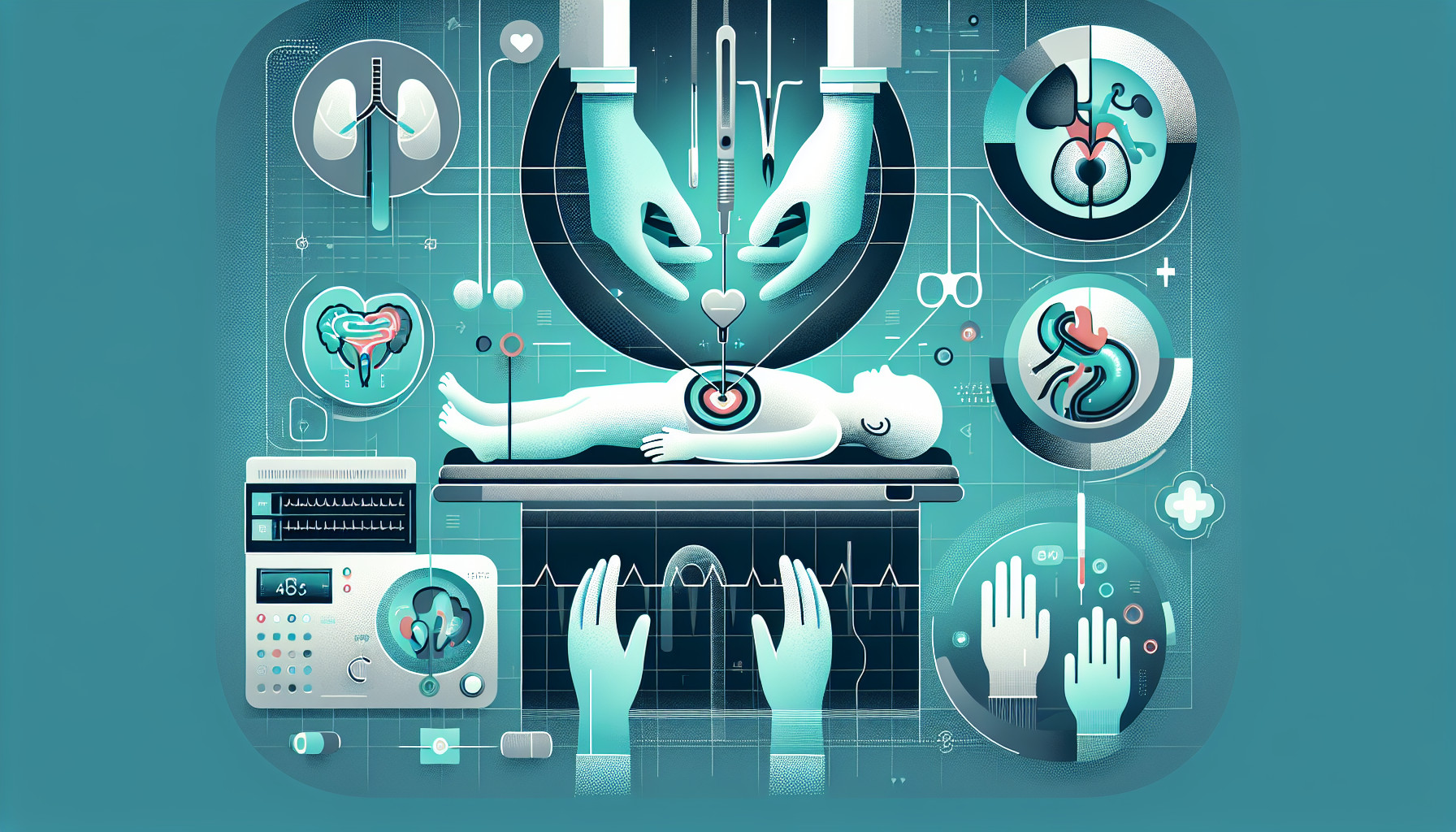Our Summary
This research paper is about several types of hernias including inguinal hernias, neonatal hernias, and umbilical hernias, specifically in children. A hernia is when an organ pushes through an opening in the muscle or tissue that holds it in place.
The paper discusses a new method for repairing these hernias in a minimally invasive way. This means the procedure is done with smaller incisions, less pain, and faster recovery times compared to traditional surgery. The authors of the paper are exploring and evaluating the effectiveness of this new method of treatment.
FAQs
- What is a minimally invasive pediatric inguinal hernia repair?
- What is a neonatal hernia and how is it treated?
- What is an umbilical hernia and how can it be repaired in children?
Doctor’s Tip
One helpful tip a doctor might tell a patient about pediatric hernia repair is to make sure your child follows all post-operative care instructions, including avoiding strenuous activity and lifting heavy objects, to ensure proper healing and reduce the risk of complications. Additionally, keep a close eye on the incision site for any signs of infection or unusual swelling, and contact your child’s doctor if you have any concerns.
Suitable For
Pediatric patients who are typically recommended for hernia repair surgery include those with inguinal hernias, umbilical hernias, and neonatal hernias. Inguinal hernias are the most common type of hernia in children and are often repaired surgically to prevent complications such as incarceration or strangulation. Umbilical hernias, which occur around the belly button, may also be repaired in pediatric patients to prevent complications and discomfort. Neonatal hernias, which occur in newborns, may also be recommended for repair to prevent complications and to ensure proper growth and development. Minimally invasive pediatric inguinal hernia repair is a common surgical approach for treating hernias in children.
Timeline
Before pediatric hernia repair:
- The patient may experience symptoms such as a visible bulge in the groin area or near the belly button, pain or discomfort in the affected area, and vomiting or nausea.
- The patient and their family will meet with a pediatric surgeon to discuss the diagnosis and treatment plan for the hernia.
- Preoperative tests may be conducted to assess the patient’s overall health and readiness for surgery.
After pediatric hernia repair:
- The patient will undergo minimally invasive pediatric hernia repair surgery, which typically lasts about 30-60 minutes.
- After surgery, the patient will be monitored in the recovery room and may be discharged the same day or stay overnight in the hospital for observation.
- The patient will be given instructions on postoperative care, including wound care, pain management, and activity restrictions.
- Follow-up appointments will be scheduled with the pediatric surgeon to monitor the patient’s healing and recovery progress.
- Most patients can resume normal activities, including school and sports, within a few weeks after surgery.
What to Ask Your Doctor
- What is a hernia and how does it occur in pediatric patients?
- What are the symptoms and risks associated with pediatric hernias?
- How is pediatric hernia repair surgery performed?
- What are the different types of pediatric hernia repair techniques available?
- What are the potential complications and side effects of pediatric hernia repair surgery?
- What is the recovery process like for pediatric patients after hernia repair surgery?
- Are there any long-term effects or risks associated with pediatric hernia repair surgery?
- How can I best prepare my child for hernia repair surgery?
- Are there any specific restrictions or guidelines my child should follow after hernia repair surgery?
- What is the success rate of pediatric hernia repair surgery and what is the likelihood of recurrence?
Reference
Authors: Kim AG, Jarboe MD. Journal: Adv Pediatr. 2020 Aug;67:131-143. doi: 10.1016/j.yapd.2020.03.009. Epub 2020 May 26. PMID: 32591057
